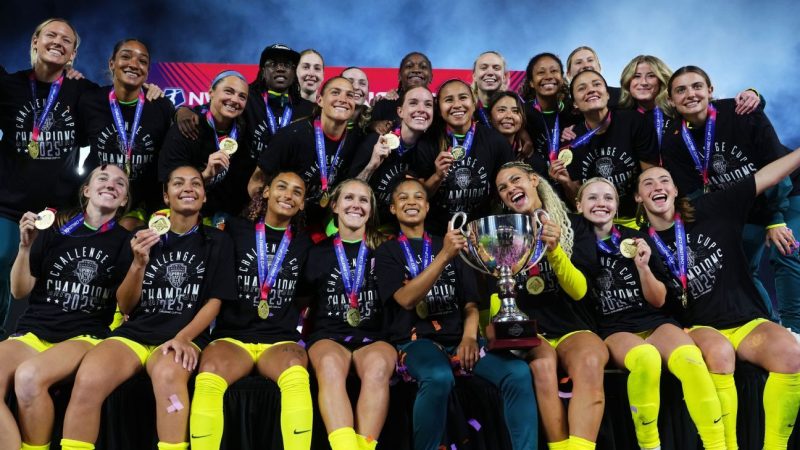
The National Women’s Soccer League (NWSL) is experiencing a period of unprecedented growth. With expansion plans already underway, Commissioner Jessica Berman has set her sights on an even more ambitious goal: a league boasting 30 to 32 teams, mirroring the NFL’s structure. This bold vision has sparked considerable debate within the league and beyond. Is this a realistic aim, or simply a publicity stunt? To explore this question, ESPN spoke with numerous club owners, executives, and industry experts, uncovering a complex picture of financial incentives, strategic challenges, and the potential pitfalls of rapid expansion.
Investor interest in the NWSL is undeniable. Investment banks report a surge in calls from potential investors eager to capitalize on the league’s rising valuations and the broader boom in women’s sports. This enthusiasm presents the NWSL with a significant opportunity to fuel its growth, but the question remains how best to manage this expansion. While some board members envision a doubling of the league’s size, they acknowledge that Berman’s 30-32 team vision is a long-term goal, decades away from realization.
The recent expansion rounds have seen fees skyrocket. Denver’s $110 million expansion fee, more than double Boston’s fee just two years prior, illustrates the escalating cost of entry. One owner even predicts the NWSL will eventually reach the $500 million mark seen in MLS expansion, highlighting the lucrative potential of further growth. However, this rapid expansion raises concerns about the league’s current financial state; multiple sources confirm that the NWSL is still operating at a loss. Expansion fees help offset these costs, but the league’s long-term financial stability hinges on future media rights deals and the ability to generate additional revenue streams.
The upcoming media rights negotiations are crucial. The current deals with ESPN, Amazon, CBS, and Scripps Sports bring in $60 million annually, but these contracts expire in 2027. Securing more lucrative deals will be essential to fund further expansion and improve the league’s overall financial health. Beyond media rights, the NWSL also needs to improve its storytelling and content creation to keep fans engaged year-round and attract new audiences. Currently, the league struggles to maintain consistent media attention outside of the regular season.
Concerns about the quality of play and player development are also prevalent. Several general managers expressed apprehension about the impact of continued expansion on the player pool. Only one out of 14 GMs surveyed believed that a 30-team league was a good idea. Addressing these concerns is vital. The league is exploring solutions like a potential second division to provide more development opportunities for young players, potentially including non-NWSL teams. This could also serve as a testing ground for future expansion markets.
The NWSL isn’t operating in a vacuum. The emergence of the USL Super League, with lower entry costs, presents competition for investors. The WNBA’s expansion efforts also draw investor interest away from the NWSL. Furthermore, some NWSL teams are still struggling financially. While the league has previously resisted relocating struggling franchises, there’s a sense that this stance might be softening, with some seeing team acquisitions as a more attractive investment opportunity than starting from scratch.
Ultimately, the NWSL’s ambitious expansion plans are a high-stakes gamble. The league’s success hinges on a confluence of factors: securing lucrative media rights deals, managing financial losses, addressing concerns about player development, and maintaining investor appetite as expansion fees continue to rise. While the current demand for NWSL teams is undeniably high, the path to a 30- or 32-team league is long, complex, and far from guaranteed.










